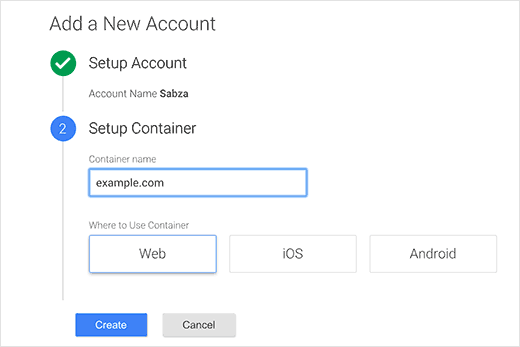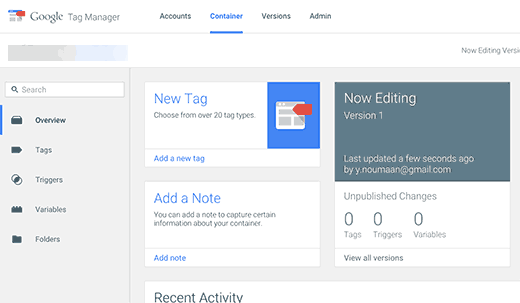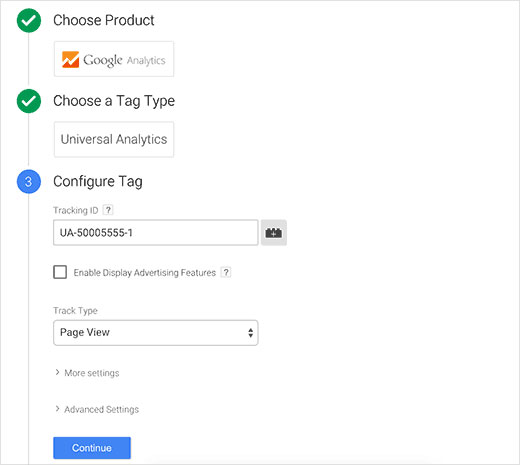How to Install and Setup Google Tag Manager in WordPress
Are you looking to setup Google Tag Manager in WordPress? Not sure if you need Google Tag Manager on your WordPress site? Don’t worry. In this article, we will show you how to properly install and setup Google Tag Manager in WordPress and explain the benefits.
What is Google Tag Manager?

Often website owners need to add multiple code snippets to track their conversions, traffic, and gather other analytical data.
With Google Tag manager you can easily add and manage all of these scripts from a single dashboard.
There are built-in tag templates for Google Analytics, Adwords, DoubleClick, etc. Tag manager also works with several third party analytics and tracking platforms.
Apart from that, you can use custom HTML to add your own tracking or any other code that you want to add.
This saves you the time of adding and removing tags from your code and rather manage it from an easy dashboard. Not to mention, all of these scripts are loaded in one script.
Having said that, lets get started with Google Tag Manager.
For the sake of this article, we will show you how to add Google Analytics to your site using Google Tag Manager.
Video Tutorial










